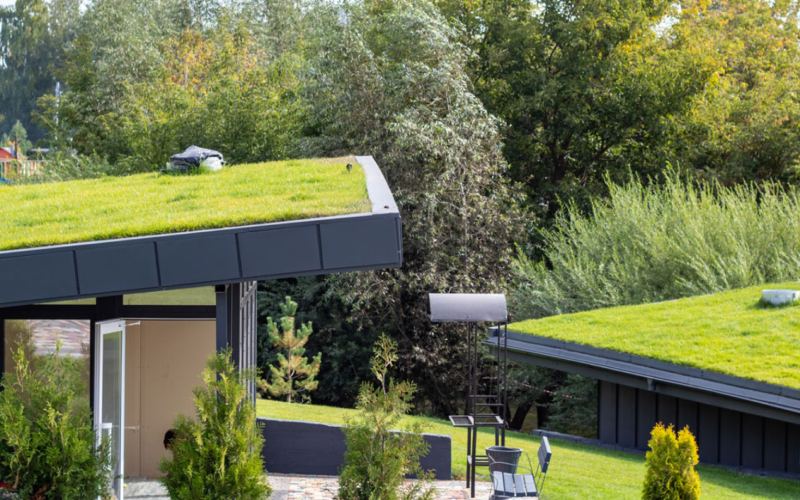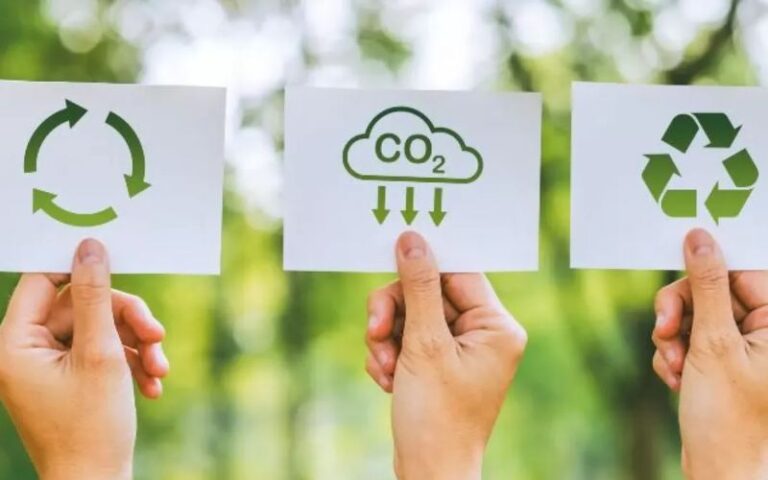As cities continue to grow, urban heat islands (areas where temperatures are significantly higher than surrounding rural areas) have become a pressing challenge. One innovative solution gaining traction worldwide is the implementation of green roofs. These living roofs, covered with vegetation, not only enhance the aesthetics of urban buildings but also provide multiple environmental, social, and economic benefits. Green roofs are emerging as a crucial strategy for urban cooling, addressing climate change and improving the quality of life in cities.
What Are Green Roofs?
A green roof is a rooftop that is partially or completely covered with vegetation, planted over a waterproofing membrane. It often includes additional layers such as root barriers, drainage systems, and irrigation systems. Green roofs can be extensive, with shallow soil and low-maintenance plants, or intensive, with deeper soil and a broader variety of plants, including shrubs and even small trees.
How Green Roofs Contribute to Urban Cooling
Urban areas are particularly susceptible to heat buildup due to the prevalence of concrete, asphalt, and other heat-retaining materials. Green roofs mitigate this effect in several ways:
- Evapotranspiration: Plants release water vapor through their leaves, cooling the surrounding air and reducing the ambient temperature.
- Reflective Surfaces: Vegetation absorbs sunlight, preventing rooftops from converting solar energy into heat, unlike traditional dark roofing materials.
- Insulation: Green roofs provide an additional layer of insulation, lowering indoor temperatures during summer and reducing the demand for air conditioning.
Studies indicate that buildings with green roofs can experience temperature reductions of up to 20°C on the roof surface and a noticeable drop in indoor temperatures, contributing to overall urban cooling.
Environmental Benefits
Beyond cooling, green roofs offer multiple environmental advantages:
- Air Quality Improvement: Plants filter pollutants and particulate matter from the air, contributing to healthier urban environments.
- Stormwater Management: Green roofs absorb rainwater, reducing runoff and the risk of urban flooding.
- Biodiversity: By creating green habitats in densely built areas, green roofs support pollinators like bees and butterflies.
- Carbon Sequestration: Vegetation captures CO2, helping to mitigate the impact of greenhouse gas emissions.

Economic and Social Advantages
Investing in green roofs is not only environmentally responsible but also economically wise:
- Energy Savings: Reduced need for air conditioning translates into lower energy bills for building owners.
- Extended Roof Lifespan: The protective plant layer shields roofing materials from UV radiation and extreme temperatures, prolonging their durability.
- Urban Livability: Green spaces on rooftops can be used for recreation, gardening, or social gatherings, enhancing the quality of life in cities.
Global Examples of Green Roof Implementation
Several cities around the world are leading the way in adopting green roofs:
- Copenhagen, Denmark: The city incentivizes green roofs through tax reductions and grants, aiming to cover at least 50% of all flat roofs with vegetation.
- Toronto, Canada: The Toronto Green Roof Bylaw mandates green roofs for certain types of new buildings, significantly contributing to urban cooling and stormwater management.
- Singapore: Known as the “City in a Garden,” Singapore integrates green roofs and vertical gardens extensively, creating a more sustainable urban environment despite its tropical climate.
Challenges and Considerations
While the benefits are significant, green roofs come with certain challenges:
- Initial Costs: Installation can be expensive, especially for intensive green roofs requiring deeper soil and irrigation systems.
- Maintenance: Regular care is necessary to ensure plants thrive, including watering, weeding, and monitoring for structural issues.
- Structural Requirements: Not all buildings can support the additional weight of a green roof, necessitating careful architectural planning.
Despite these challenges, the long-term environmental and economic benefits make green roofs a valuable investment for sustainable urban development.
The Future of Urban Cooling
As climate change accelerates and cities face increasing temperatures, green roofs are more relevant than ever. Governments, architects, and urban planners are recognizing the role of green infrastructure in creating resilient, healthy cities. Integrating green roofs with other solutions—such as urban forests, green walls, and reflective pavements—can amplify their impact, fostering a cooler and more sustainable urban future.
The trend towards green roofs reflects a broader shift in urban design: cities are moving from grey, heat-absorbing landscapes to green, cooling, and sustainable ecosystems. By prioritizing nature-based solutions, we can transform our rooftops from passive structures into active contributors to urban climate resilience.
In conclusion, green roofs are not just a decorative trend—they are a critical strategy for combating urban heat, enhancing biodiversity, improving air quality, and fostering sustainable city living. With continued innovation and public support, green roofs will undoubtedly play a key role in shaping the future of urban cooling.


